fmw
No longer a newbie, moving up!
Two things will make your life a whole lot easier in the studio. First buy and read this.
Second, add one of these to your studio kit.
I certainly agree with acquiring a good book on artificial lighting. Not so sure about the flash meter. They were important in the film days because we couldn't view the final image and to save on bracketing and, hence, film costs. These days experience and the ability to view the image immediately after the exposure is all that is required. Now I can see my image on a 25" computer monitor and then adjust as necessary. I haven't used a flash meter since I moved to digital. The money would be better spent on a lens or part of a lens.


![[No title]](/data/xfmg/thumbnail/30/30881-c36788e79b12973b7bf57c94b46961e9.jpg?1619734495)
![[No title]](/data/xfmg/thumbnail/38/38734-a0c4ec46a440db881aca3700b0c62879.jpg?1619738703)
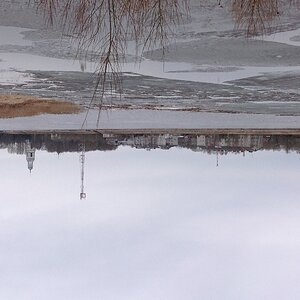
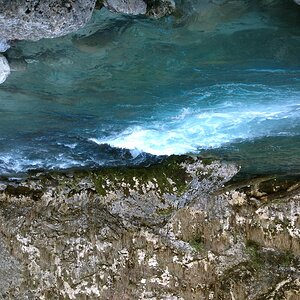
![[No title]](/data/xfmg/thumbnail/30/30882-ce388519574371448d7493784524607a.jpg?1619734495)
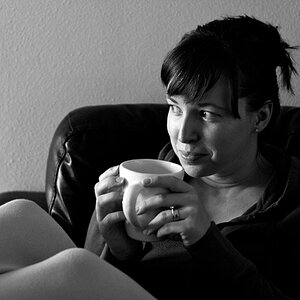
![[No title]](/data/xfmg/thumbnail/30/30880-eb7252c7e6df26b6cbc7065d2838df96.jpg?1619734495)
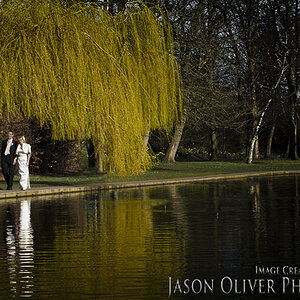
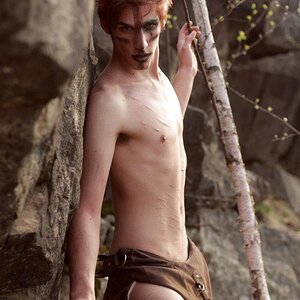
![[No title]](/data/xfmg/thumbnail/35/35880-9a6926237907ab72b42781d9a09698a6.jpg?1619737209)
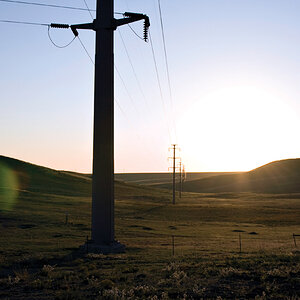
![[No title]](/data/xfmg/thumbnail/30/30883-04222f7ae234efdf80dff6f96ddad16f.jpg?1619734495)